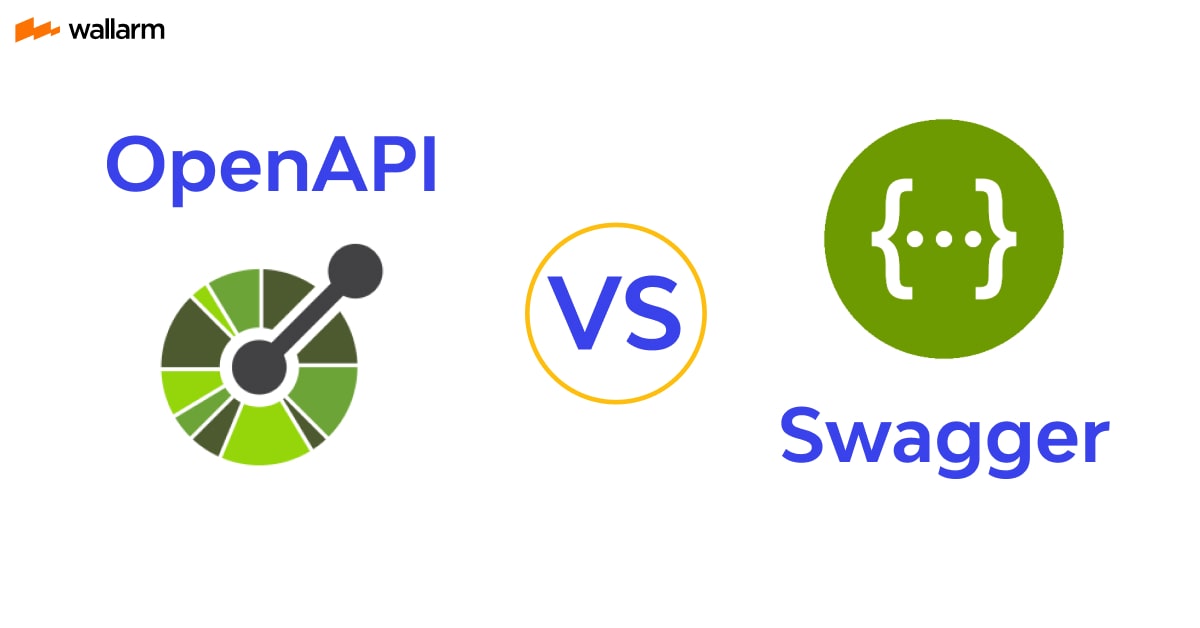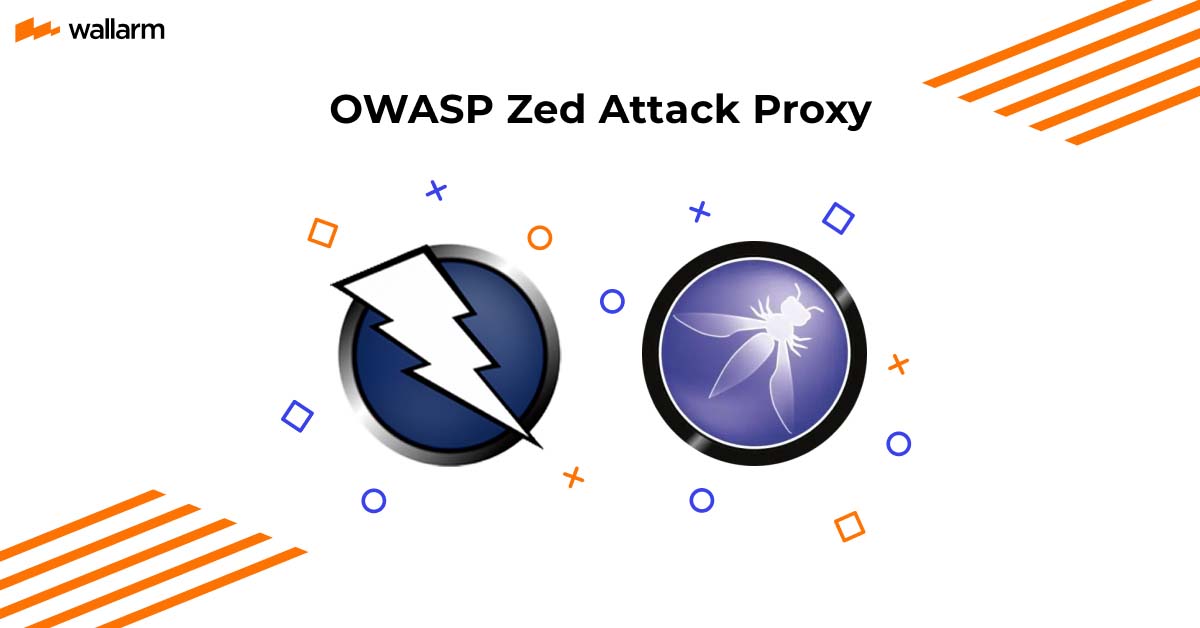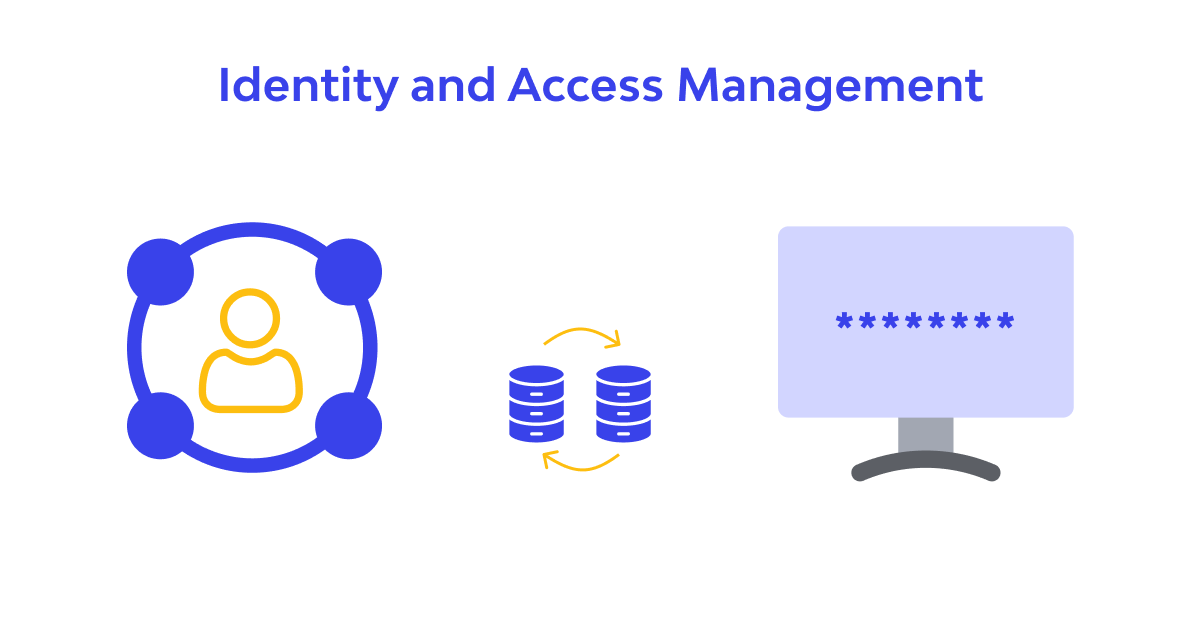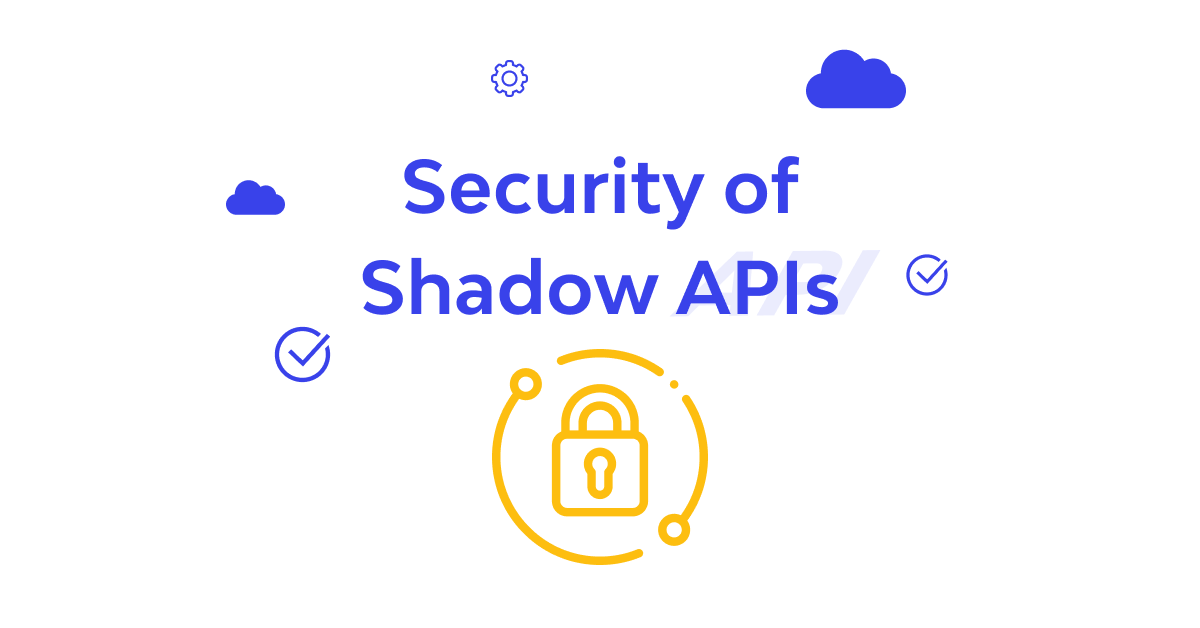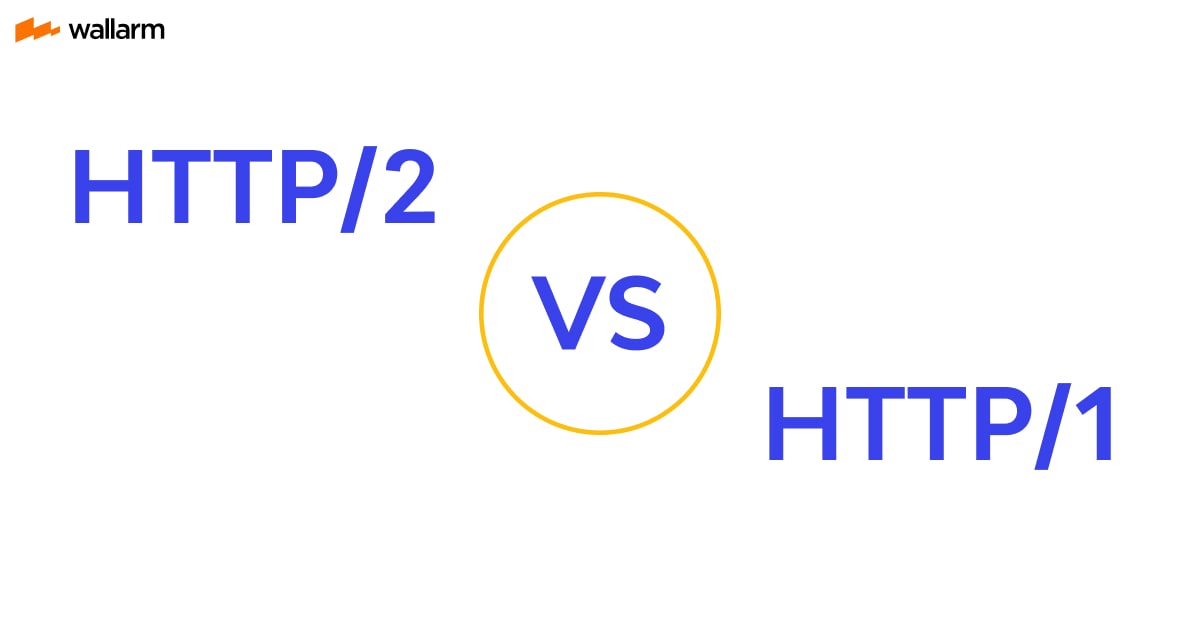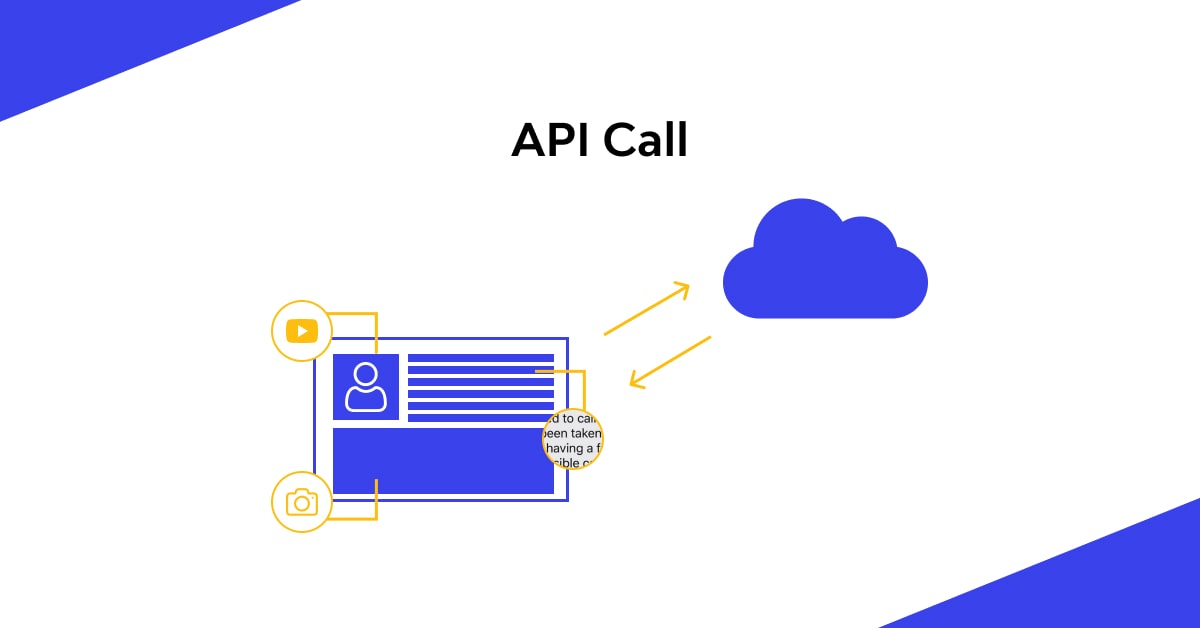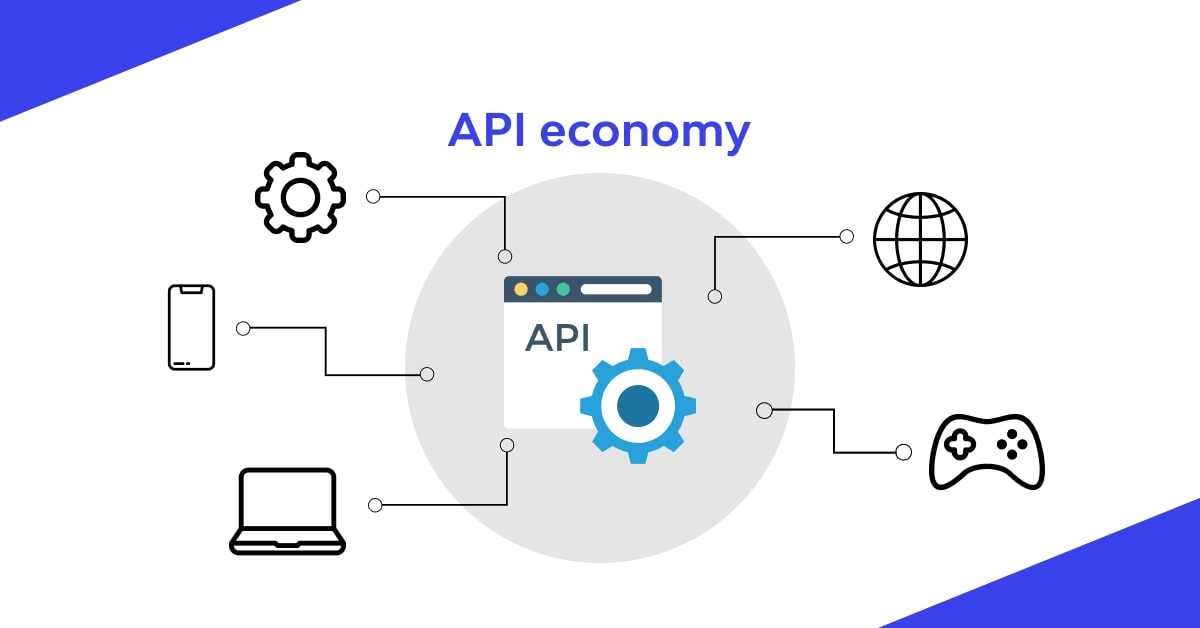OpenAPI vs Swagger: An In-Depth Clarification
OpenAPI Spec is the favorite choice of API development experts, especially when security is one’s priority. Swagger toolkit seems like the biggest aid in this regard. However, juggling between these 2 terms is a real struggle. Are you also confused?
No worries. This article will remove your doubts and confusion.

OpenAPI & its Creation Timeline

OpenAPI is a globally recognized RESTful API design specification, crafted under the banner of OpenAPI Initiative. Top guns of the IT industry such as Google, Capital One, SmartBear, Microsoft, Apigee, and PayPal launched this initiative together. The spec itself is supported and encouraged by Linux Foundation too.
OpenAPI is also known as a vendor-neutral and language-independent interface to RESTful APIs. It is used widely to allow users and machines to interact without actually accessing the documentation, source code snippets, or performing network congestion audits.
Creation Timeline
- (2009) - OpenAPI and Swagger, both came into being by the hands of Tony Tam, a software engineer. Firstly, he launched the open-source Swagger Specification for company usage.
- (2011) - Version 1 of Swagger UI was able to describe Wordnik’s JSON API. It could able to leverage the company’s developer console/documentation, code integration, and code generation functions.
- (2012) - A refined - but still beta - version came into being.
- (2014) - The very first formal and official Swagger Spec 2.0 was offered to the public in 2014. It received great appreciation from the API user base.
- (2015) SmartBear took over Swagger Spec.
- (2016) - Swagger became ‘OpenAPI Specification’ and made to migrate to a different Git repository.
- (2017) - It’s now counted within OpenAPI Initiative.
Presently, the 3.1.0 version is live and is considered the best suite till the date. Formatting, and structuring of APIs is very impactful with it. This latest version makes authentication and authorization as per the HTTP authentication schemes.
In addition to this, user authentication and authorization can be done by sending API keys as a part of header or cookies. You can also use OAuth 2 or the OpenID Connect Discovery methods from v3.1.0.
Swagger, its History and the Toolkit
Swagger is basically a type of interface description language designed for effectively defining the usage of RESTful APIs. It is used with JSON.
The Swagger tool kit features a couple of open-source and commercial-grade tools to be used in a typical API lifecycle. To say the least, swagger tool kit simplifies API writing. One can have an idea of its popularity by this one fact that as of 2017, Swagger tools were downloaded 100k+ times in a day.
It included tools like:
- Swagger Core is a set of Java libraries for preparing, using, and deploying OpenAPI definitions.
- End-users can utilize Swagger Editor to write or modify YAML-based OpenAPI specifications through popular web browsers. With it, you can improve documentations’ readability, preview them as end-users, and modify it for correctness and user-friendliness.
- HTML, JS, and CSS pages in Swagger UI repository makes the documentation writing process simpler.
- If you need a design plus documentation tool, SwaggerHub is a good pick. It is frequently used in all types of OpenAPI projects by professionals.
- Swagger Parser enables you to parse definitions.
- Swagger Codegen is a tool for API server stubs, SDKs, and other document creation.
- OpenAPI definition creation process validation is possible with Swagger Inspector. It helps you improve the said process through its rigorous testing capabilities.
Swagger vs. OpenAPI: Top 4 Differences
- a. Let’s start with basics about both:
OpenAPI = Specification to define and explain RESTful API properly;
Swagger = Toolkit used for hassle-free deployment of API specifications.
- Swagger allows host+base_path combination for one server at once. Alternatively, OpenAPI lets you add multiple server URLs and subdomain paths to make your life easier.
- All Swagger tools from its toolkit utilize OpenAPI; the opposite need to be compulsorily true.
- Swagger tools retained their old (original) names despite its name change to OpenAPI spec.
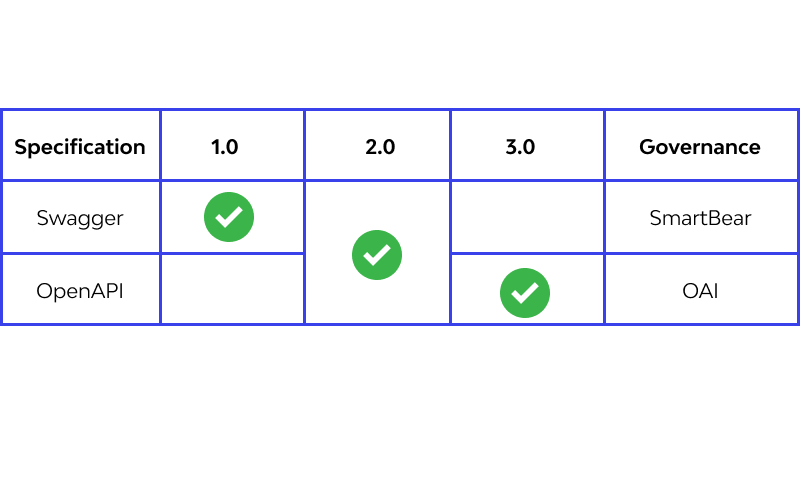
Overall Impact of Swagger & OpenAPI on the API Creators and the Industry
When Tony Tam crafted Swagger Specification, he had no idea that he would change the face of API security and the industry, overall. With time, OpenAPI Spec and Swagger have become the household name whenever RESTful APIs are concerned.
As OpenAPI is an open-source and free facility offered to the API users, novice developers have a chance to explore more and show their potential. Rookie developers have a wide canvas to work upon and hone their API development skills.
Maintaining security standards at each stage of API development remained the first concern for developers. API breaches are increasing day by day. Big enterprises like Cisco Systems, Facebook, and Shopify are facing API vulnerabilities and trying hard to strengthen their security system. Equifax API breach, which cost a $700 million lawsuit to the company, forced enterprises to stay aware of AI security.
The use of OpenAPI has made a huge positive impact on API development practices as it lets the developer team speak one language and communicate easily. Developers are no longer required to deduct the intent of an API from the key behavior or source code.
Adopting predefined security standards is a doable job as the constructed API can communicate in a simple language and cause no fuss in detecting possible gaps and security risks.
What Swagger and OpenAPI Offer Today?
OpenAPI as well as Swagger are driving the API industry at present. It makes it easy to generate the server stub for APIs. Developers have the power to create client API libraries in 40+ languages. It empowers API development and strengthens its security through:
- Interactive API Creation
Developers can use OpenAPI to write interactive documentations. Not just this, it lets you run tests on the API straight from the browser while preparing the doc.
- Supports Code Generation Tools
OpenAPI is a great blessing as it is useful in creating server SDKs and client CDKs in multiple programming languages. It works well with code generation tools.
- Audits
OpenAPI Spec works well with the Contract Audit tool that keeps safeguarding API data-related operations in mind. In fact, this tool is a great resource for high-end security. When these two are together, spotting the security issues in the created API and auditing them is a less tedious job.
From the very beginning, API auditing can be performed and save yourself from auditing a huge pile of APIs at the end of development.
It also ensures that proper security practices are implemented at each stage of API development.
Where Is Swagger Heading?
OpenAPI is a significant utility and market experts claim that it has a good scope. However, a small section of people believes that Swagger is losing its sheen after donating key specifications to OpenAPI. Considering it is very much active today and is playing a crucial role in multiple tasks, especially in API testing and security enhancement, they might be wrong.
Swagger tools allow you to see a clear view of your code and test the real-time utility of code snippets. Swagger UI has made it easier than ever for developers to trigger the commands and get an in-depth insight into the functionality of the system.
Maintaining standardization in the API writing is also possible with Swagger as it offers a globally recognized API generating standards set, in association with OpenAPI.
Writing APIs from scratch is also effortless with Swagger tools. Using Swagger Editor, one can test APIs in real-time. It allows users to check the design utility against the OAS Open API Specification and get to know the actual visual outcome. The best part of this tool is that it can be used from anywhere.
Next, Swagger Inspector is among the crucial tools out of the Swagger suite as it allows one to generate its own API specifications. Not only is the customized API generation possible, but it also allows passing these APIs to other team members.
When it comes to security of an API on the web, Swashbuckle is the solution. This is an open-source Swagger implementation allowing end-users to generate living documentation for all their APIs. This tool keeps the documentation synchronized with your current API version and leaves zero scopes of security risks.
In Conclusion
As OpenAPI was formed from Swagger, it is obvious to get confused.
The former is designed for writing RESTful APIs. As it keeps the spec in a machine-readable form, it is a good tool from the security perspective too. On the other hand, the latter is developers’ favorite when it comes to vendor-neutral OpenAPI Spec deployment today.
Hope when you hear these two terms in the near future, don’t get confused and get your facts straight. They both have a unique impression on the API sector and are driving API development.
FAQ
References
Subscribe for the latest news


